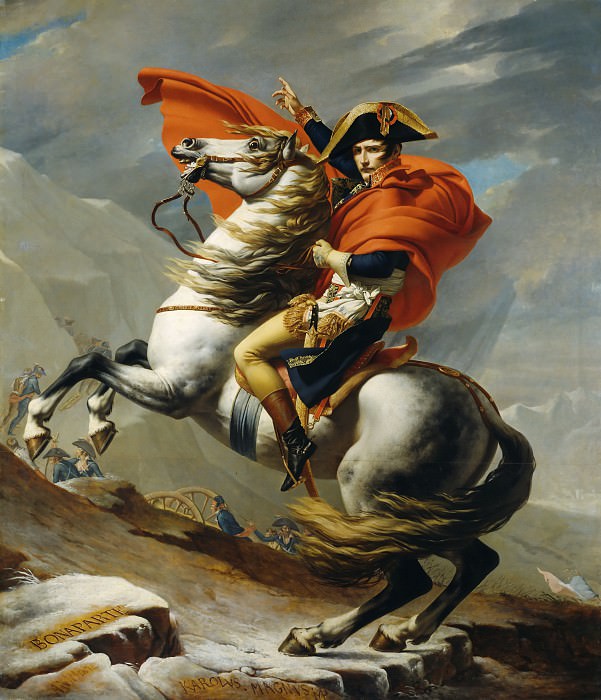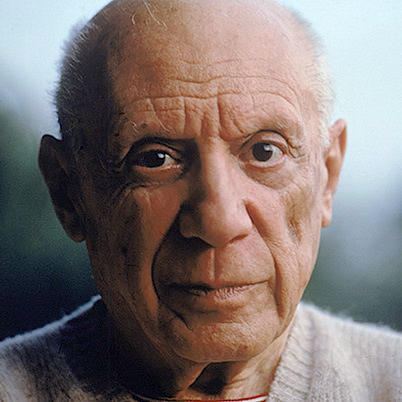Alfons Mucha: The Master of Art Nouveau
Alfons Mucha, a Czech artist known for his distinctive style, became synonymous with the Art Nouveau movement. His work, characterized by intricate patterns, flowing lines, and ethereal female figures, has left an indelible mark on the world of art and design. Mucha’s art is more than just a visual treat; it is a celebration of beauty, nature, and the spirit of an era that embraced creativity and elegance.
The Origins of Alfons Mucha's Art
Born in 1860 in Ivančice, Moravia (now the Czech Republic), Alfons Mucha’s early life was marked by a passion for art that eventually led him to study in Munich and later in Paris. His initial works were influenced by his studies, where he explored various styles and techniques. However, it wasn't until he moved to Paris that his unique style began to take shape, leading to his association with the Art Nouveau movement.
The Breakthrough: Gismonda and the Birth of an Iconic Style
Mucha’s rise to fame came in 1894 when he was commissioned to create a poster for the play Gismonda, starring the famous actress Sarah Bernhardt. The poster was unlike anything seen before; it featured a full-length figure of Bernhardt adorned in elaborate robes, surrounded by a halo of intricate patterns and floral motifs. This work not only established Mucha as a leading artist of his time but also set the stage for the development of the Art Nouveau style.
The success of Gismonda led to a long-term collaboration between Mucha and Bernhardt, resulting in a series of posters that would define Mucha’s career. His works during this period were characterized by their use of soft pastel colors, delicate lines, and an emphasis on natural forms, particularly flowers and plants. These elements became the hallmark of Mucha’s art, making his posters instantly recognizable.
The Elements of Mucha’s Art: A Study in Symbolism and Style
Alfons Mucha's art is rich in symbolism, often drawing inspiration from mythology, religion, and nature. His depiction of women, often referred to as “Mucha women,” is one of the most distinctive aspects of his work. These figures, with their flowing hair, serene expressions, and elegant poses, are more than just representations of beauty; they symbolize purity, wisdom, and the eternal feminine.
Nature plays a central role in Mucha’s art. His use of floral motifs, intricate patterns, and organic forms reflects a deep connection with the natural world. This connection is not merely decorative but serves to enhance the symbolic meaning of his work. For instance, the use of flowers such as lilies and roses often carries religious or romantic connotations, adding layers of meaning to his art.
Mucha’s style is also characterized by its use of color. He favored a palette of soft, muted tones, which gave his works a dreamlike quality. The colors were often chosen for their symbolic significance, with golds representing divinity, greens symbolizing life and growth, and blues evoking tranquility and spirituality.
Mucha’s Contribution to Decorative Arts
While Mucha is best known for his posters, his contribution to the decorative arts is equally significant. His designs extended beyond posters to include everything from jewelry and textiles to ceramics and furniture. Mucha believed that art should be an integral part of everyday life, and his work in the decorative arts reflects this philosophy.
One of the most famous examples of Mucha’s work in the decorative arts is the series of panels known as The Seasons. Created in 1896, these panels depict the four seasons as female figures, each surrounded by a landscape that reflects the changing nature of the seasons. The series was immensely popular and was reproduced in various forms, including calendars, postcards, and decorative items.
Mucha’s influence on the decorative arts extended beyond Europe. His work was exhibited in the United States, where it inspired a new wave of interest in the Art Nouveau style. Today, Mucha’s designs can be found in everything from wallpaper to jewelry, testament to the enduring appeal of his art.
The Slav Epic: A Monumental Achievement
One of Alfons Mucha’s most ambitious projects was The Slav Epic, a series of 20 large-scale paintings that depict the history of the Slavic people. This monumental work, created between 1910 and 1928, was Mucha’s attempt to celebrate the cultural and historical heritage of the Slavic nations.
Each painting in The Slav Epic is a masterful composition, rich in detail and symbolism. The series covers a wide range of historical events, from the early migrations of the Slavs to the founding of major cities and the struggles for independence. Mucha’s use of color, composition, and symbolism in these paintings is nothing short of extraordinary, making The Slav Epic one of the most significant achievements in the history of art.
The Legacy of Alfons Mucha
Alfons Mucha’s legacy extends far beyond his contributions to the Art Nouveau movement. His work has inspired generations of artists, designers, and illustrators, and his influence can be seen in various forms of contemporary art and design.
Mucha’s art is celebrated for its beauty, elegance, and depth of meaning. His ability to combine artistic skill with a deep understanding of symbolism and cultural heritage has made his work timeless. Today, Mucha’s art continues to be admired and studied, not only for its aesthetic appeal but also for its contribution to the cultural and artistic heritage of the world.
Conclusion: The Timeless Appeal of Mucha’s Art
Alfons Mucha’s art, with its graceful lines, harmonious compositions, and rich symbolism, remains as relevant today as it was over a century ago. His ability to capture the essence of beauty and spirituality in his work has ensured that his art continues to resonate with audiences worldwide.
As we look at Mucha’s work today, we see more than just decorative art; we see a reflection of an era that valued creativity, elegance, and a deep connection with nature. Mucha’s art is a reminder of the power of beauty to inspire, uplift, and transform, making it a timeless treasure in the world of art.















